Exploring Life and Meaning in Aotearoa: BMSIS and the New Zealand Astrobiology Network
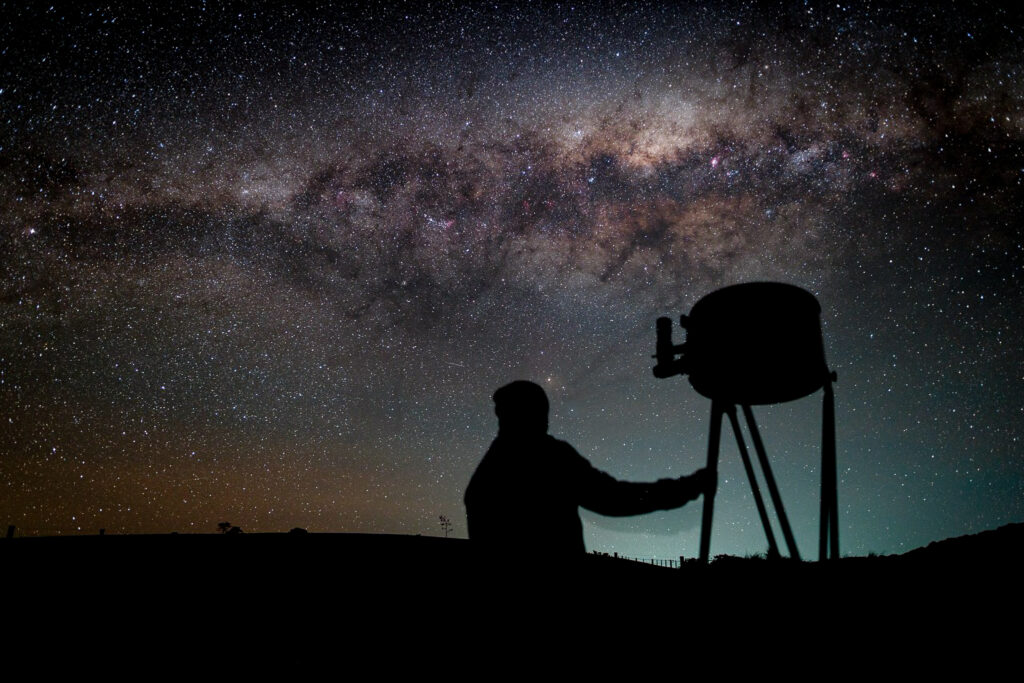
BMSIS scientists, Drs. Sanjoy Som and Graham Lau alongside Sarah Marcotte and Dr. Mitch Schulte of NASA, traveled to New Zealand in September and October this year to engage in a sharing of knowledge in astrobiology. It was a celebration of ten years of astrobiology and 150 years of scientific collaboration between the U.S. and New Zealand as well as a journey of discussion about life, the universe, and everything.
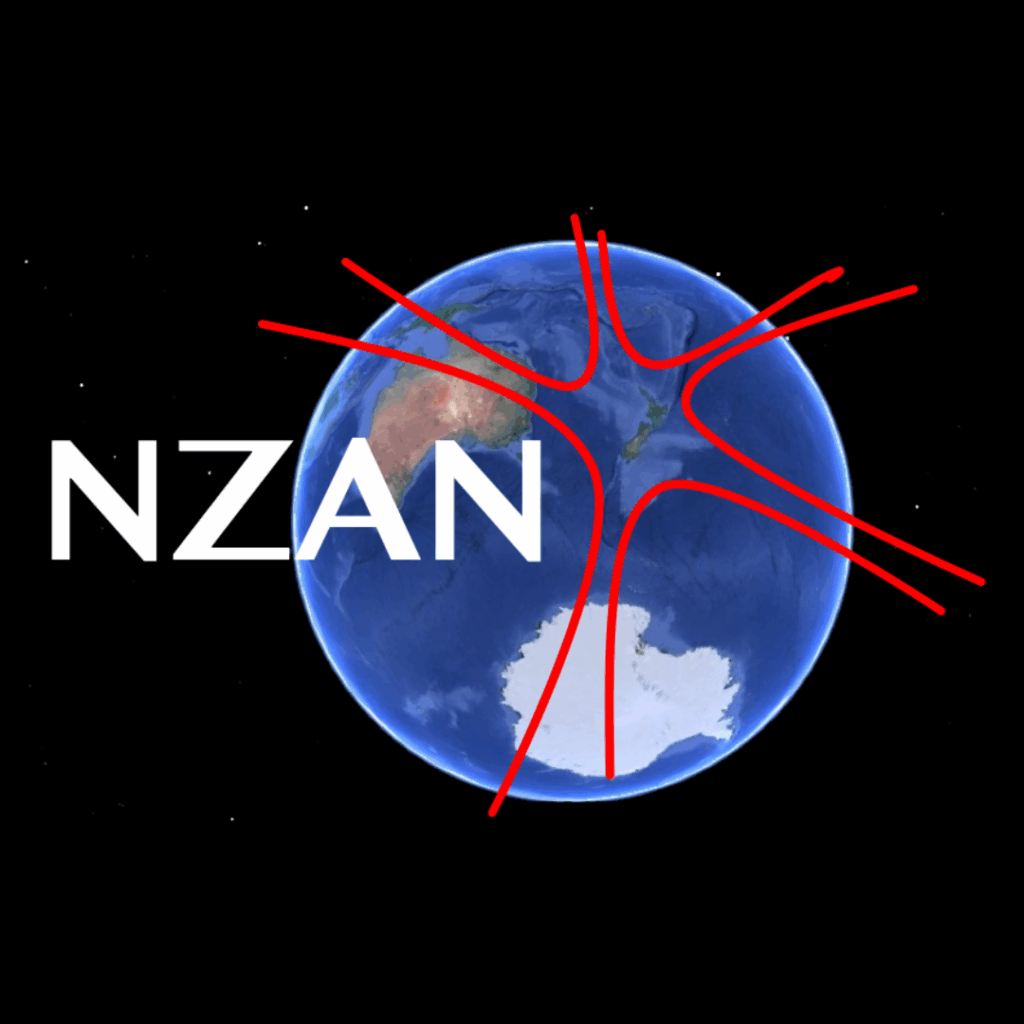
The trip was led by Haritina (Hari) Mogoşanu—board member, Executive Director, and founder of the New Zealand Astrobiology Network (NZAN)—who for the last ten years has been leading the work for sculpting collaborations in astrobiology in New Zealand. Supporting Hari was Samuel (Sam) Leske, a board member of NZAN as well as co-creator along with Hari of Milky Way Kiwi (which started as an astrophotography magazine and then morphed into a space blog), Spaceward Bound NZ (a science education company that travels to schools to share knowledge about space), and Star Safari (their observatory where visitors can use telescopes and learn about the night’s sky). NZAN, as the main convening organization, is a charitable trust established to advance education, research, understanding, and awareness of astrobiology and human space exploration to benefit the community by assisting New Zealand schools, facilitating public lectures and field-trips, building networks, and helping people reconnect with their whakapapa (ancestral place) through the lens of cosmic inquiry.
This entire endeavour was made possible through a grant from the U.S. Embassy in New Zealand, enabling a multi-week series of lectures, field trips, school engagements, and public events across the North and South Islands. The program kicked off on 16 September at the Wairarapa Events Centre, where Hari and Sam spoke on careers in space exploration and led a public presentation titled Journey Through the Universe. Soon after, Dr. Mitch Schulte joined the team for talks at schools including Solway College, Rathkeale College, Feilding High School, as well as a presentation to The Phoenix Astronomical Society.
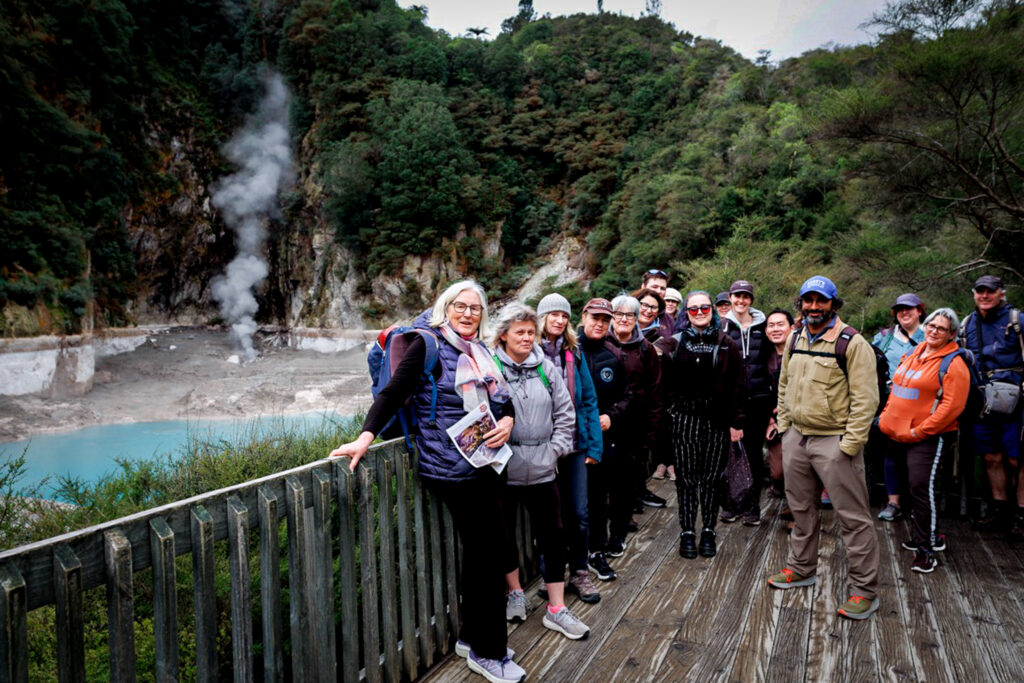
Soon thereafter, Dr. Sanjoy Som (the CEO and Founder of Blue Marble Space and one of our Senior Research Investigators at BMSIS) joined for two immersive field-trip experiences designed for educators within the Rotorua geothermal region. Rotorua sits at the heart of New Zealand’s dynamic Taupō Volcanic Zone, a region of intense geothermal activity where heat, water, rocks, and life interact in ways that make it a natural laboratory for astrobiology. Its geothermal fields were recently recognized by the International Union of Geological Sciences as globally significant for geological heritage. Geothermal sites like this around the planet are examples of life in extreme environments, serve as analogs to early Earth systems and other planetary environments, and also rouse something unique within the human psyche: they allow us to be among active and dynamic geological change at the surface of our world.
Following the field experiences, the educators and scientists convened at Mount Maunganui College in Tauranga for a series of lectures and conversations as well as public events. Sarah Marcotte and Dr. Graham Lau had arrived and the full group led talks on a variety of topics in astrobiology along with Drs. Kathy Campbell and Michael Rowe from the University of Auckland. Conversations touched on a wide variety of topics related to astrobiology, from biosignatures in hot spring environments and weird life on Earth that might tell us something about alien life to how we communicate about NASA science and the history of the rovers on Mars. Sanjoy, Sarah, and Graham also all continued the conversation with presentations to the Tauranga Astronomical Society on the evening of the 23rd of September.
On 24 September, Mount Maunganui College held a public event entitled Pathways to the Future of Space Exploration – Careers & Immersive Experiences. Various exhibitors were on site to share technologies and ideas related to space exploration. The event was followed by an evening viewing of the documentary Good Night Oppy, which features the story of the Spirit and Opportunity rovers and their exploration of Mars.
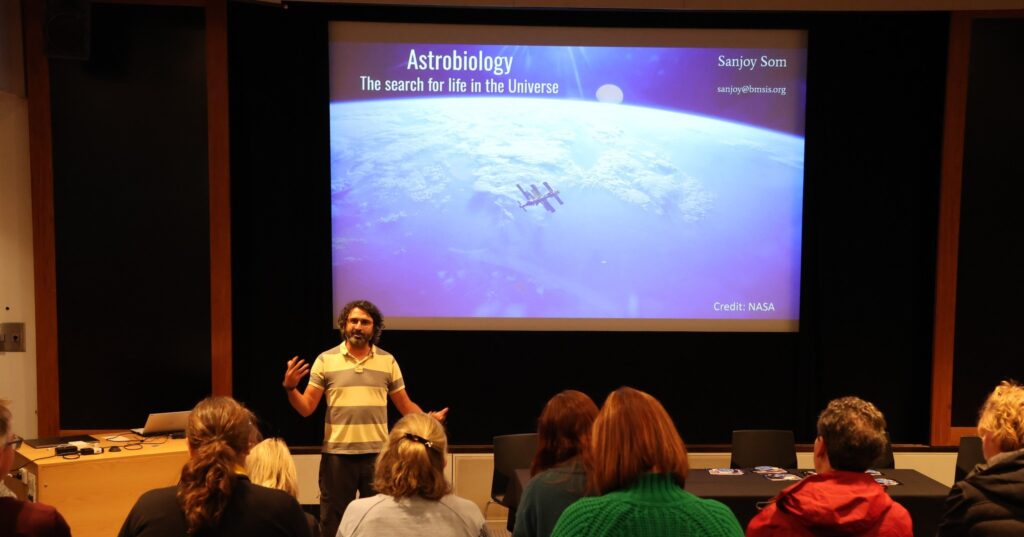
From there, the team set out to the South Island of New Zealand to share talks and a panel conversation at the Air Force Museum of New Zealand in Christchurch. After some exploration across the South Island, the team traveled north to Wellington. There, Graham gave a lecture to the undergraduate students taking part in the new Space Sciences major at Victoria University of Wellington, Sanjoy gave an academic lecture for professors across departments, and Sarah presented her work in science communication to the School of Science in Society. All three international visitors also took part in an evening public event and panel conversation called Ask an Astrobiologist – A Colloquium with NASA and BMSIS.
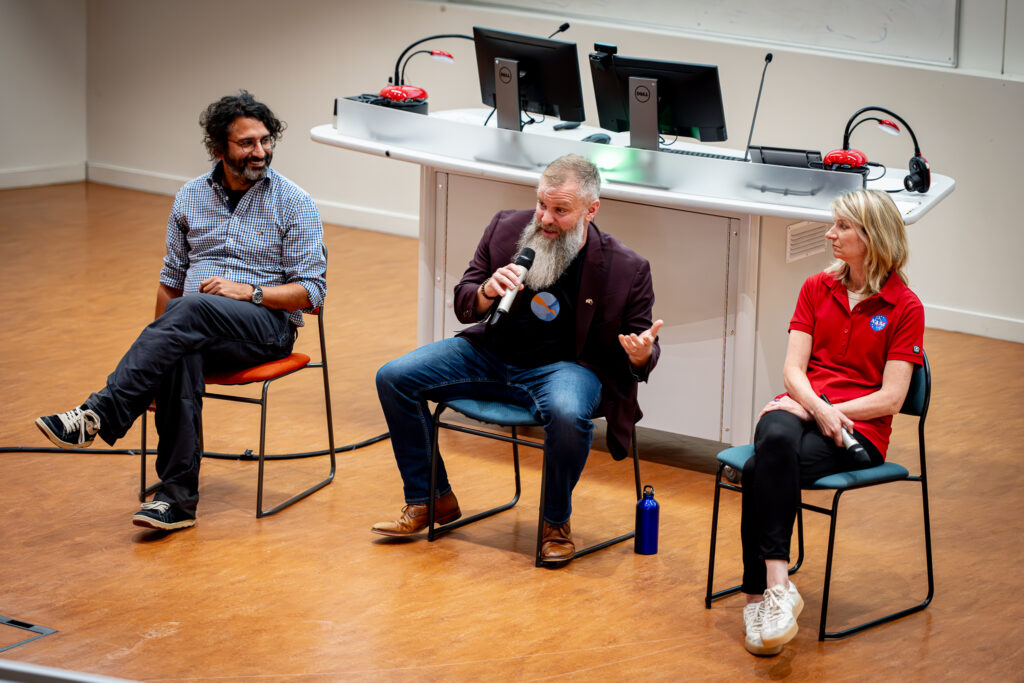
Two key features of the time spent in Wellington included meeting with a YSP and Visiting Scholar alumnus, Caitlin MacArthur, who also gave the team a tour of the Malaghan Institute of Medical Research (where she currently works), as well as a reception at the home of the Charge D’Affair of the U.S. Embassy, David Gehrenbeck, to discuss collaborations between the U.S. and N.Z. in space exploration.
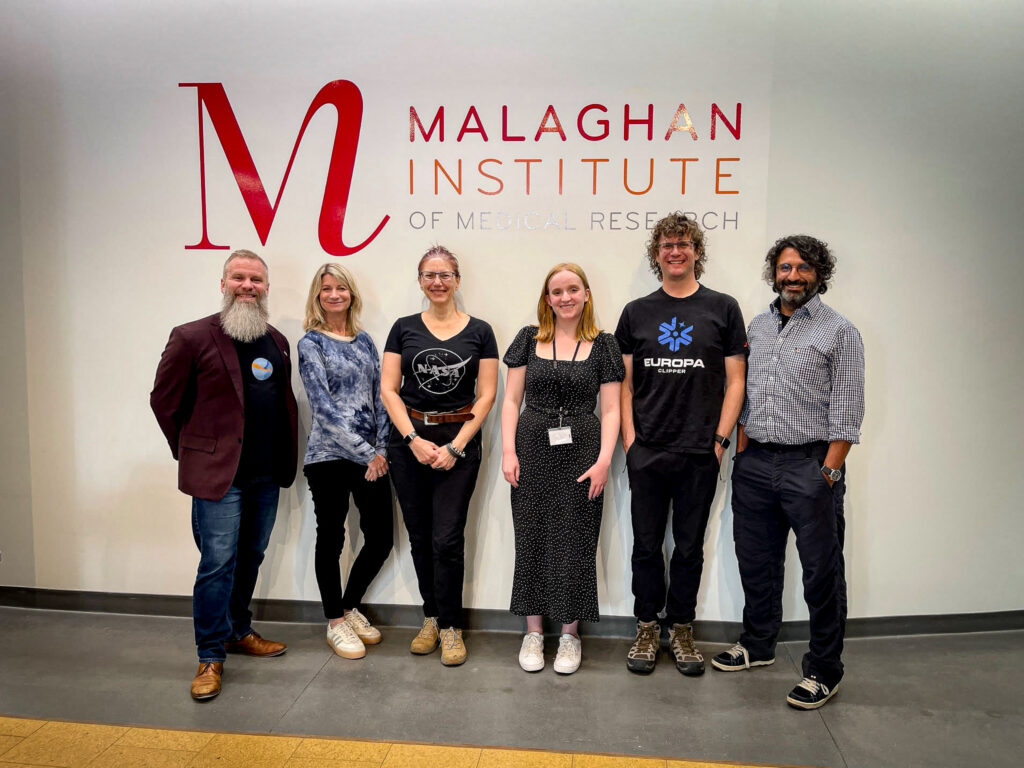
Graham and Sarah stayed on with Hari and Sam after these events and were able to take part in some evening stargazing engagements with Star Safari. Hari and Sam have built a remarkable observatory within the Wairarapa Dark Sky Reserve. Together they run Milky-Way.Kiwi a space science communication company that now is home to Star Safari Observatory. They have two 16” dobsonian telescopes and a small refractor and will soon be installing a much larger telescope (30”) at the site. For when the weather isn’t cooperative, they also have VR headsets and can use their planetarium software indoors to show visitors various worlds, stars, and other features of the cosmos. Those visiting the region of the Wairarapa should definitely get tickets to an evening of star gazing with Star Safari!
Graham also stayed a little longer to be able to join Hari and Sam in early October for a trip back to Christchurch. On 7 October, they interviewed 6-time astronaut, Michael López-Alegría, who is now the Chief Astronaut for Axiom Space. Michael then delivered a talk for young students at the Air Force Museum of New Zealand on his experiences flying in the space shuttle three times, as well as on a Soyuz rocket and two SpaceX rockets for his three trips to the International Space Station.
The team then attended the New Zealand Aerospace Summit on 8 October. The Aerospace Summit brings together scientists, engineers, business leaders and professionals, lawyers, and other leaders to showcase the aerospace industry in New Zealand. This is one of many incredible meetings within the space industry around the world where we are proud to have BMSIS representation.
All in all, this journey with BMSIS scientists and our colleagues in New Zealand was about more than lectures and field visits. It was about weaving together geology, biology, culture, sky-viewing, and human meaning. It was about dialogue—between scientists and educators, between members of community on various scales, between a small island nation and a planet-facing discipline. It echoed one of the core principles of BMSIS: thinking broadly about life not only where it is, but what it means, how we know it, and how our curiosity can serve as a bridge across cultures and continents.
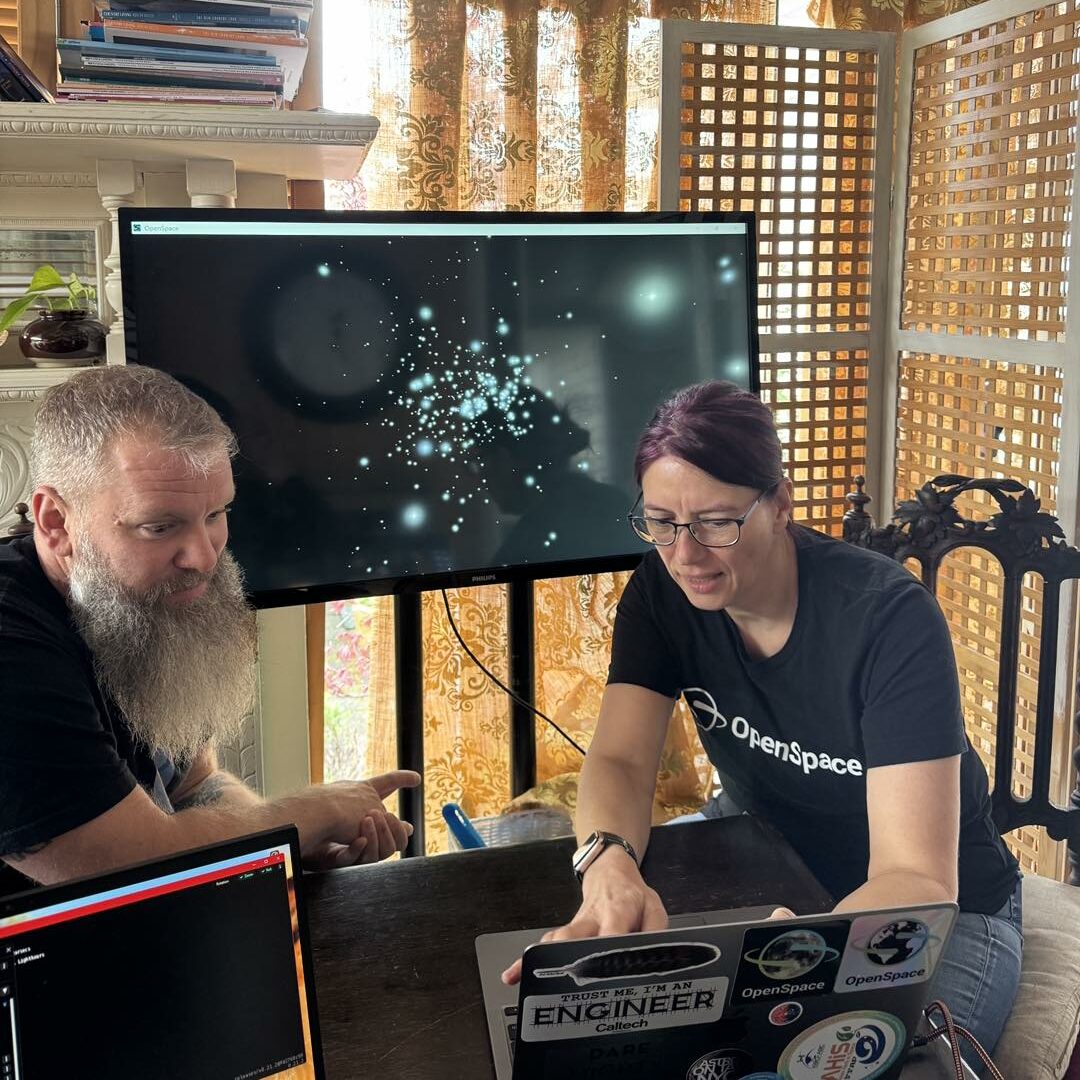
As we look ahead, the vision for continued collaboration between BMSIS and NZAN is strong, and so is the potential for collaborations from many nations with the professionals, entrepreneurs, scientists, and scholars in New Zealand. Teacher-training programs, educator field trips, joint research projects, public stargazing initiatives, and the planning of the Astrobiology Australasia Meeting in Rotorua for 2027 all loom on the horizon. New Zealand’s unique geology, biodiverse ecosystems, stellar night skies, and community mindset make it a vibrant frontier for astrobiology on the global stage.
As with all of our collaborations through BMSIS, our greatest discoveries happen when we share not only what we know, but how we know it, and why we care.
